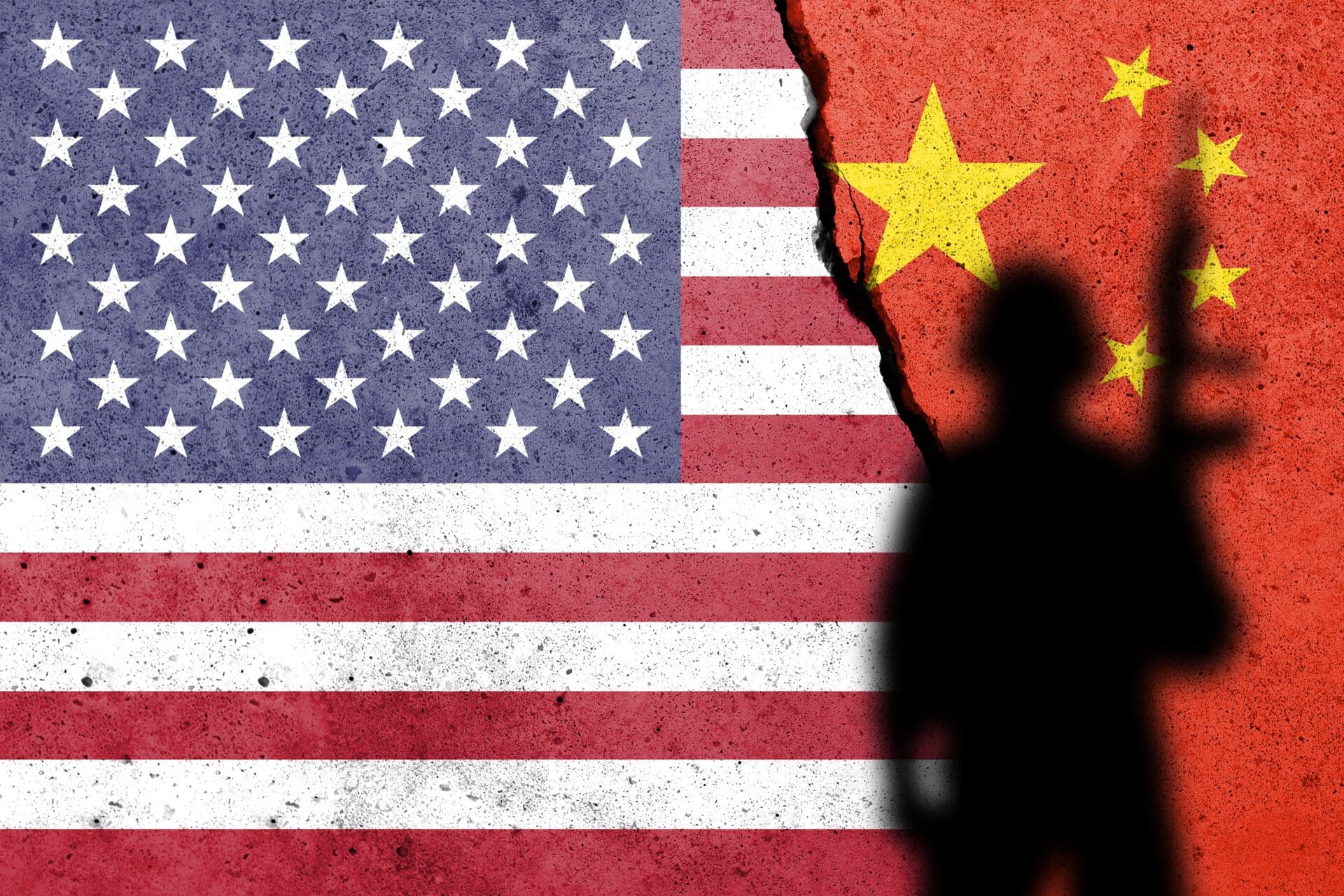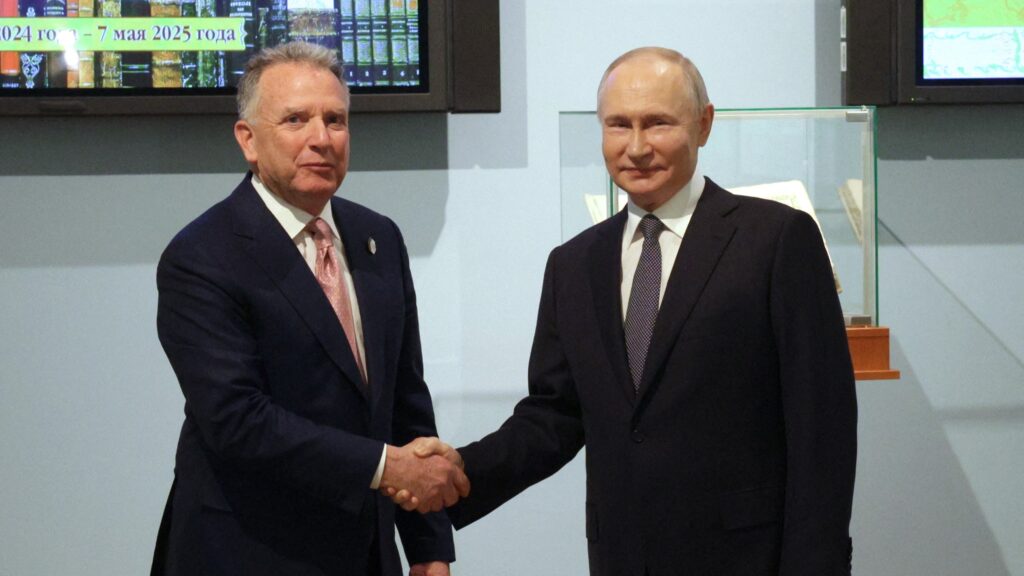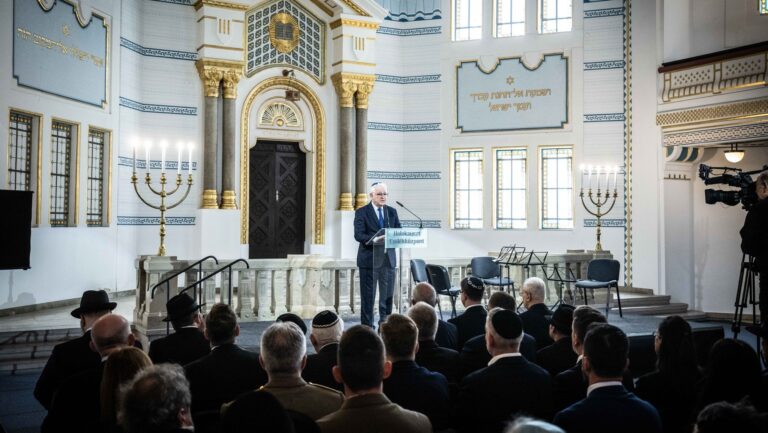If there’s one metric in which the US is guaranteed to lead the world, it’s the number of research institutes per capita. The first such institutes, also known as think tanks, appeared in Britain at the end of the 19th century and began to spread massively after the Second World War. Typically privately funded, these entities were initially concerned with economic research and later with urbanisation, while those that deal with foreign and defence policy – and, increasingly, help prepare government decisions – began spreading during the middle of the Cold War.
The process of establishing research institutes, which gained momentum in the 1960s, produced effective models and methods that were then adopted in more and more countries as the Cold War drew to a close. This is well illustrated by the fact that most of this type of institutes currently in operation were set up after 1980.
One of the best known of these is the California-based RAND. The very name of the organisation is revealing; as an abbreviation for ‘Research and Development’, RAND was originally the R&D division of the founding aircraft manufacturer Douglas Aircraft. Its main purpose was to provide analyses and forecasts to inform government decisions.
In hindsight, the flaws in the system are apparent, such as private capital having too much unchecked influence over the think tanks, as well as military and political leaders constantly moving back and forth between similar organisations and public sector decision-making positions. Realising that certain decisions were taken in the interests not of the state but of big business – the notorious military-industrial complex –President Eisenhower had already drawn attention to these dangers in the 1950s. It is telling that shortly after the organisation was founded, it was General Curtis LeMay, the ‘father of strategic bombing’, who took over the leadership of what was soon to become a state-funded (!) institution.
The analyses published by RAND are offering realistic responses to genuine threats
Regardless of the above, or perhaps because of it, the analyses published by RAND are recognised as high quality, offering realistic responses to genuine threats. One classic example was the most pressing question of the European theatre of the Cold War: how to move large numbers of US troops rapidly across the Atlantic? RAND was involved in the preparation of the annual ReForGer (REinFORcing GERmany) exercises, which inspired the naval wargame Harpoon, published in tabletop and computer versions. It is only a side story that a young writer, Tom Clancy, breathed new life into the techno-thriller genre with ideas drawn from the game, and has written successful books such as Hunt for Red October and Patriot Games. Many of his books were also turned into successful Hollywood films in the 1990s, featuring such stars of the era as Alec Baldwin, Sean Connery and Harrison Ford.
*
All of the above tie into current affairs because Speaker of the House Nancy Pelosi’s visit to Taiwan has once again put the clash between a rising China and a hegemonic United States back into the spotlight. Since the US has already started to openly block the development of its main rival under President Trump, it is not surprising that RAND could not stay clear of the analysis of the number one conflict of our time. After considerable research, their analysis, The Return of Great Power War, was published in October 2021.
The speed of change in our time is well illustrated by the speed with which concepts and plans – that have taken considerable resources to prepare – tend to become obsolete. Indeed, the research devotes considerable space to a possible low-intensity conflict that would have been a prelude to an open Sino-American conflict. Clashes in cyberspace, in the media, in diplomacy and by proxies would, according to the authors, have revolved primarily around China’s Belt and Road Initiative at a global level.
According to the authors, Chinese efforts would have focused primarily on achieving moral, legal, and diplomatic superiority, with the aim of putting the United States in the most unfavourable foreign policy (and thus military) position possible before the conflict erupted. In this process, military force would clearly have played only a secondary, supporting role. This – also known as indirect – warfare was an excellent way of gaining influence in the early period of globalisation, although it has gradually been sidelined in the increasingly open and brutal conflicts of recent years.
The US Speaker’s visit to Taiwan threw this tentative, preparatory phase out of the window
The US Speaker’s visit to Taiwan threw this tentative, preparatory phase out of the window. Professional actors on both sides, soldiers and diplomats alike, had been probably prepared for this. We can only speculate about the reasons for this decision. There may just as well be cracks in the Chinese economy and the CCP leadership that only the US intelligence community are aware of, and the American government has decided it would try to widen them by applying more pressure. For we can be sure that it was neither Pelosi herself (who is over 80) nor America’s number one leader – President Biden, who, although younger than the Speaker, is showing signs of severe dementia – to devise this unexpected move.
Unfortunately, there is also a chance that what we are witnessing is a leadership crisis afflicting the US, much like that of the decaying Soviet Union. In what has been called a gerontological shock following Brezhnev’s death in 1982 until Gorbachev’s accession, we saw a crisis of two successions of elderly leaders with clearly withering capabilities. Therefore, it is possible that Nancy Pelosi really just had this idea and took a trip to Taiwan, because President Biden, the only person in the administration who had the right and the opportunity to stop her, could not or would not intervene.
The last – and, hopefully, the least likely – possibility is that Washington chose to accelerate the conflict arbitrarily, being cognisant of some long-term impact that only they are aware of. It could also mean that the longer they wait for the eventual outbreak of the war they deem unavoidable, the smaller US chances of success will be. This could be based on, for instance, an unfavourable long-term prognosis for the performance of the US economy, or any prognosis that would make it worthwhile to accelerate the process leading up to direct confrontation.
It is interesting to note that the section on high intensity, i.e. conventional conflict, outlined by the authors is significantly shorter than the section before it. Apart from highlighting that based on the experience of the world wars, a Sino-American war will be protracted and costly, and pointing out that the parties will seek information superiority and attack critical enemy targets (such as airports and naval bases), it does not provide too many specifics.
There could be serious consequences, such as the threat of a global nuclear war
Despite not elaborating too much on the actual war concepts, the authors make a number of interesting observations. One of the most important questions they pose is: can the war have such an impact on the civilian population that the ensuing economic and social effects would require the use of any means that put a quick end to the war, including tactical nuclear weapons? If the answer is yes, there could be serious consequences, such as the threat of a global nuclear war.
Another important question the analysis asks concerns the role of India: would it stand by the United States in a conflict? Thirdly, how would the Middle East be affected by the conflict? If a war broke out there it would also lead to a serious economic crisis in countries that are not directly involved in the conflict.
Let us pray, let us keep our fingers crossed, let us hope – to each their own – that the Thucydidesian trap of the struggle between the rising power and the hegemon does not turn into another world war. In twelve of the sixteen such cases in world history, some say, the situation was eventually resolved by a major armed conflict. In four cases, the transition was managed without military confrontation.
Let us trust that the leaders in decision-making positions will be able to resolve the task ahead without bloodshed. However, if we rely solely on the aforementioned statistics, we have no choice but to pray, to keep our fingers crossed, to hope.
Translated by Tamás Orbán for Hungarian Conservative. The original article published in Hungarian is available here.








